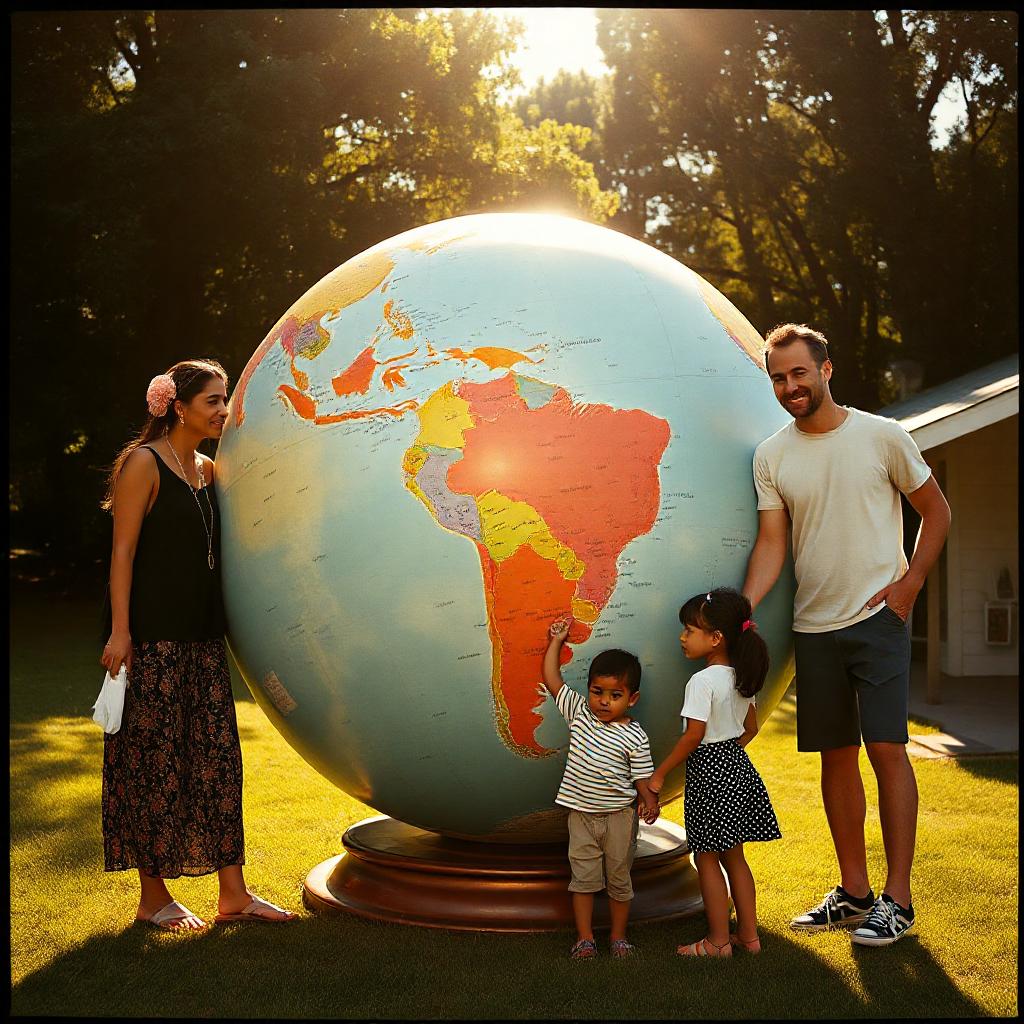
First of all we have to understand about the culture because Understanding culture is the key to explore how it shapes our personal and collective identities. It is more than just traditions or customs as culture encompasses the values, beliefs, practices in fact From language and religion to art and social norms, the elements of culture play a pivot role in shaping our social identities. This blog explores how culture plays a role in understanding about who we are, how we interact with others and what binds us as a community.
How culture come into existence?
Culture is an environment which is made by human beings. It is good to say that culture has the life of its own and has brought into existence by the ability to symbol and flows from time to time from one generation to another.
It has the following elements each of which plays an important role is the development of culture:
Religion and Spirituality:
Beliefs and practices of different religions significantly shape social identity. They provide moral frameworks, community support and a sense of purpose. Shared religious practices can make deep connections among individuals, creating great social networks rooted in common beliefs.
Language:
Language is often the most defining characteristic of a culture. It serves as a means of communication and an expression of identity. The words we choose and the way we express ourselves can reveal our cultural background, values and beliefs. Multilingualism can enhance one’s identity by connecting individuals to multiple cultures and communities. So we can say that it is important in culture building.
Values and Beliefs:
These are the core principles that guide behavior and decision making. For instance, the value placed on individualism in Western cultures versus collectivism in many Eastern cultures shapes social behavior and expectations.
Traditions and Customs:
Every culture is rich with traditions that are passed down through generations. These customs, whether they pertain to celebrations, rituals or daily practices may create a sense of belonging and continuity. Engaging in cultural traditions fosters a collective identity which providing individuals with a shared narrative that reinforces their social bonds.
Art and Literature:
Artistic expressions such as visual arts, music, or literature serve as reflections of cultural identity. They allow individuals to express their unique experiences and perspectives. Art can challenge societal norms, provoke thought and inspire change, while also reinforcing cultural pride and continuity.
Rituals and Ceremonies:
Rituals and ceremonies are formalized practices that mark significant life events or communal gatherings. They often have symbolic meanings and reinforce cultural values and identity.
Food and Cuisine:
The types of food people eat and the ways they prepare and consume it are deeply influenced by cultural practices. Cuisine can provide insight into a culture’s history, geography, and social norms.
Artifacts and Technology:
Material culture includes the physical objects and technological advancements that are a product of a culture. These artifacts not only serve practical purposes but also carry symbolic meanings.

How Culture Shapes our Social Identity
1. Personal Identity: Our cultural background influences how we see ourselves and our place in the world. From the language we speak to the traditions we observe, these elements contribute to our personal sense of identity. For example, a person raised in a multicultural environment may have a hybrid identity, blending different cultural influences.
2. Social Roles and Expectations: Culture dictates social roles and expectations, shaping how we interact with others. Gender roles, family dynamics, and societal expectations are all influenced by cultural norms. In some cultures, extended family networks play a crucial role, while in others, nuclear families are the norm.
3. Group Identity: Culture fosters a sense of belonging to a particular group. This can be seen in the way cultural rituals, such as festivals and ceremonies, reinforce group cohesion and collective identity. The pride associated with cultural heritage often enhances group solidarity.
4. The Role of Social Media: In today’s digital age, social media plays a vital role in shaping cultural identities. Platforms like Instagram, TikTok, and Twitter enable individuals to share their cultural experiences, celebrate diversity, and challenge stereotypes. They serve as spaces where cultural narratives can be shared and reshaped, allowing marginalized voices to be heard. However, the rapid dissemination of cultural content also poses challenges, as it can lead to cultural appropriation and misrepresentation.
Cultural Diversity
Understanding the complexities of culture and social identity is essential for fostering inclusivity and respect. Embracing cultural diversity not only enriches our lives but also enhances our collective social identity. By learning about and appreciating different cultures, we can break down barriers and build bridges across communities.
At the end I must say that Culture is a powerful force that shapes our social identity in profound ways. It influences how we think, behave and interact with the world around us. As we navigate an increasingly interconnected global landscape, it is vital to recognize the significance of cultural understanding and appreciation. By unveiling the layers of culture, we can foster a more inclusive society that honors the rich tapestry of human experience and identity.









